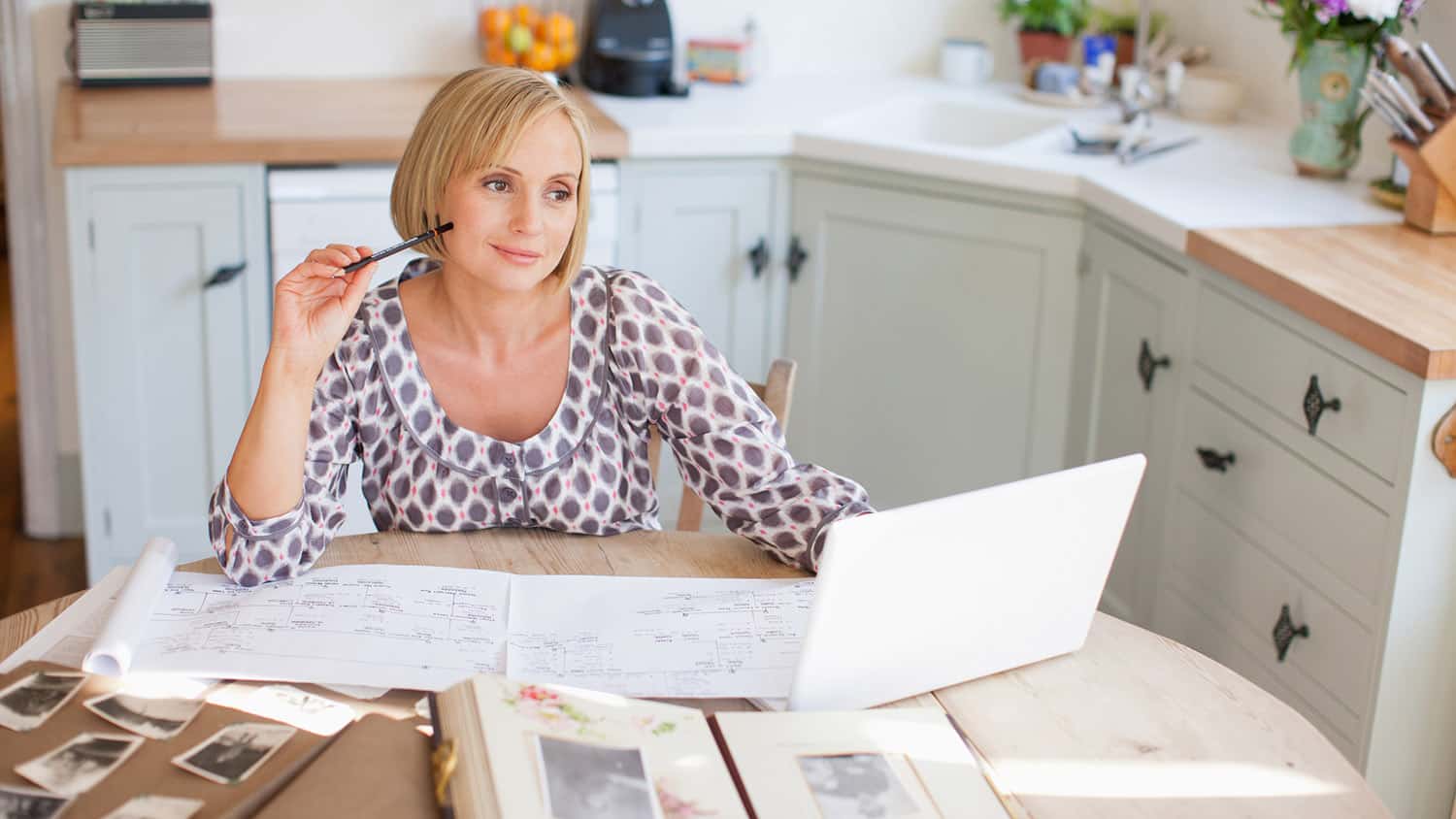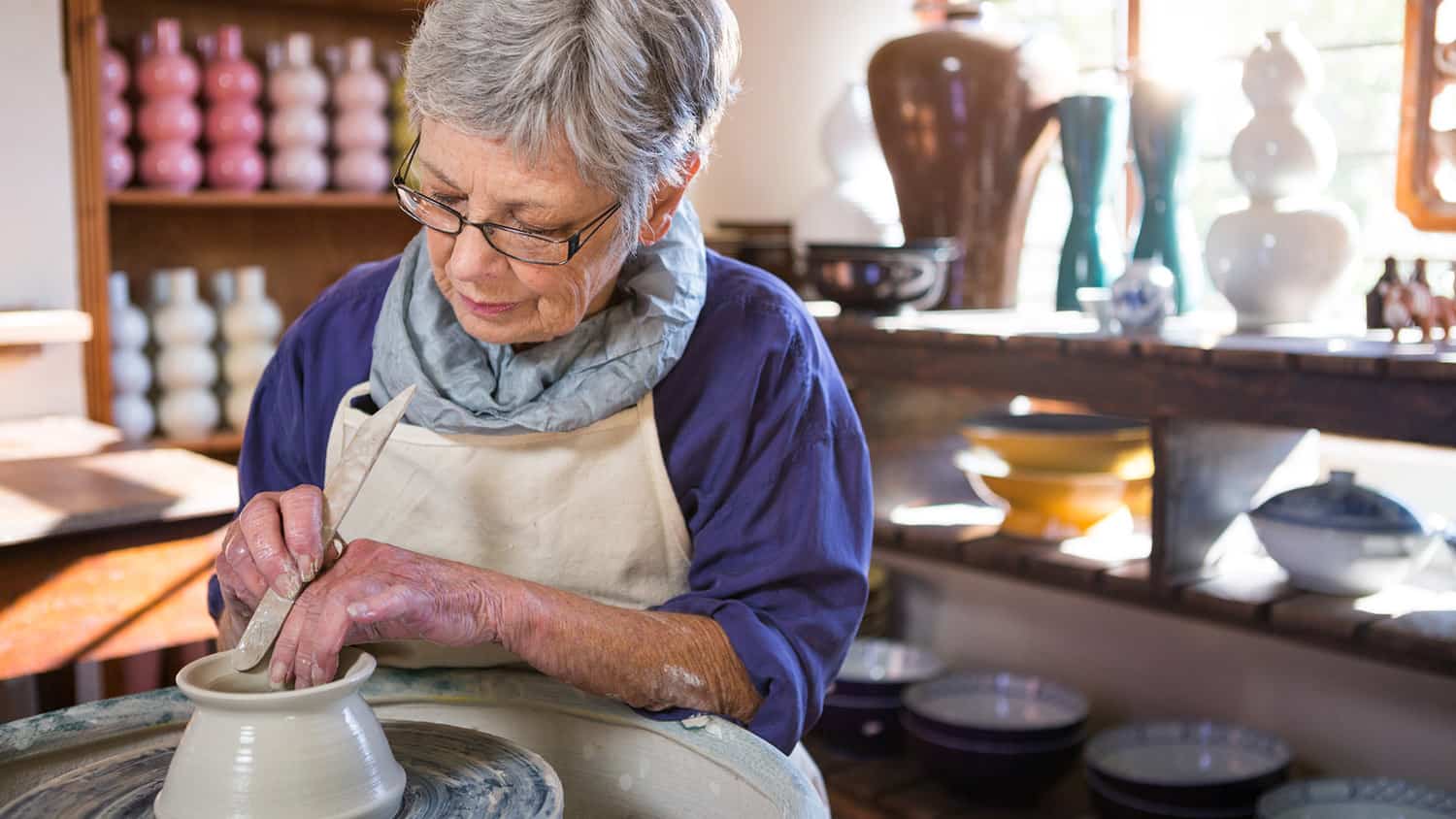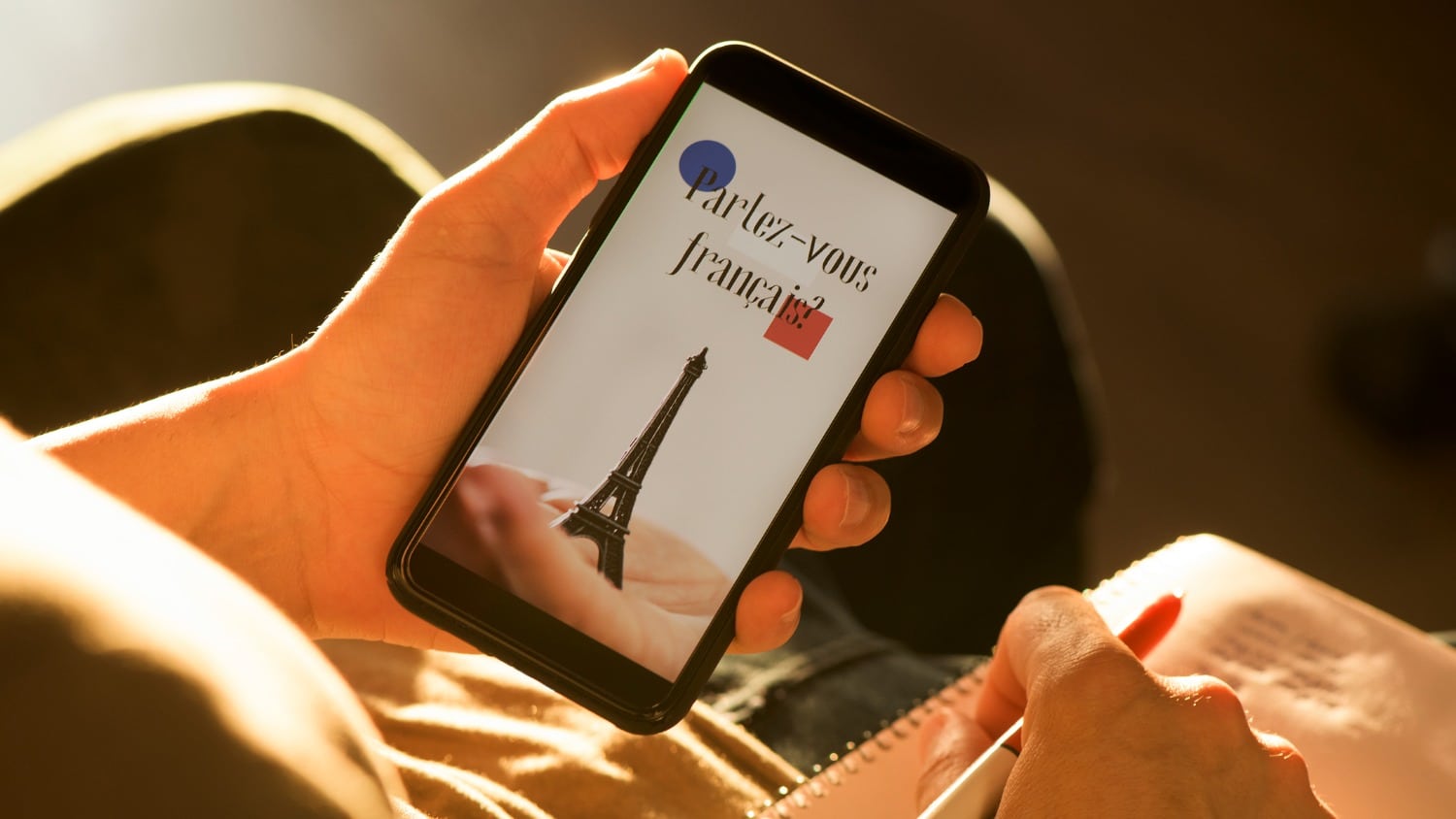
Have You Become the Designated Family Photo Historian?
Becoming the family photo historian can come about in different ways: you may have volunteered for the position, or, like me, you may have had it thrust upon you. Either way, dealing with the responsibility and logistics of it all can be somewhat overwhelming.
The death of one’s parents or a close family member can result in a sudden and large influx of memorabilia and a lot of photos. This often manifests itself in that thing we call a “large cardboard box.”
And no matter how hard or often one might stare at that box, it neither organizes itself nor gets smaller. I have tried this approach on numerous occasions but to no avail.
Maybe it was because I was a professional photographer, or because I had dared to express the slightest interest in my family’s history, but those signals were enough to make me the go-to repository of all things family: photos, documents, letters, and the like.
For the longest time, the box just sat there, until one day I realized that if I was having trouble with this thing, others must be as well. And so, my career as a professional photo organizer was launched.
Before You Start
I hope the tips below will get you started on this journey, as well as provide a bit of perspective. Remember that this is a process and not an event; taking those first few steps can help get the ball rolling.
One important thing to consider is what you may want to scan and digitize. As you go through the boxes of physical memories, I would suggest breaking them down in four ways:
- things you will scan and keep,
- things you will scan and not keep,
- things you will keep but not scan, and
- things you will neither keep nor scan.
These can include photos but also home movies, letters, documents, and even old children’s drawings.
You can also start to think about what to do with those scanned items. You could print photo albums, create slideshows, make new prints, or just share photos and videos with other family members and friends. Considering these options may give your sorting a little more context.
Take a Picture
You definitely want to take a photo of the big photo mess you will be starting with. It may be a while before you get everything organized, so having a Before picture will be fun to compare to that After picture you take when you’ve finished.
Separate the Media
The simplest way to start the process is by sorting and making piles of the different items you have. You simply need to see what’s there before you go forward with anything else.
Start with prints. Separate the batches of them, such as those one-hour photo envelopes, from all the loose prints and those in frames. Batches usually share some common information that will be helpful later.
Make stacks of all the loose prints and organize them as best you can by decade. If you have to make a pile of prints you are unsure of, that’s OK.
At some future time you will need to make decisions about albums, such as whether you will remove the prints for scanning or keep them as they are, but for now, just put them aside.
As for home movies, I would separate film from video. If you decide to digitize them, you may or may not have to bring them to different labs, but in any case, you will want to see what you have of each.
Slides, negatives, letters, documents, and other miscellaneous items can go in their own piles.
Index Cards
Index cards are a great way to write down information and dates for the items you have separated, and are especially helpful for prints that you will be scanning.
You can scan the index card along with its batch of prints, and that will make it easier to enter the info and dates as keywords and captions into the prints with whatever photo software you use.
You can even change the Capture Date of the scans so it looks like they were taken closer to the actual date of the photo instead of the date it was scanned. That can be really important when viewing your digital collection chronologically.
Use Containers
Now that you have some organized piles, you want to permanently keep things separated. Those plastic storage containers can be a good temporary way to store things, but notice I said temporary.
Archival boxes are going to be the best way to store your photos and film in the long term, but you may not have a good idea of exactly what you need at this point. If you feel you want to purchase archival storage containers right away, do so, but the plastic ones will do for the short term.
Use individual containers for the different items and label each container. Of course, keep those index cards in place as well.
Start Sharing
Sorting and organizing all the memories can feel like a real chore, so it’s nice to have some reminders of why you are doing it.
Getting professional scans may be a bit down the road, but there’s nothing to prevent you from taking a few photos of some prints with your phone and sharing them with family or friends.
The response you get from people who may not have seen these photos for years can be the joyful incentive you need to plow onward. There are even some scanning apps you can get for your phone, and although they may not be of the final quality you want, they are good enough to start the sharing process.
You Are a Storyteller
For me, what had initially felt like a burden and responsibility has over time become a proud privilege and honor. I am the keeper of the flame, the storyteller of my family’s history, and yes, I am responsible for its passing on to others.
But that’s a good thing, and all the amazing stories I learned about my family and myself were only made possible because of the work I did with my family’s photos.
Make slow and steady progress, get help when you need it, and remember that editing is storytelling, and storytelling is what we have all been doing since the first campfire was invented.
Let’s Have a Conversation:
Who keeps your family photo history? How do they do it? When was the last time you opened your parents’ albums? Have you looked at your other relatives’ photos? Have you considered digitizing your photo/video memories? What’s keeping you from doing it? Please share your thoughts with our community!
Tags Creativity







My husband & I are the keepers of both sides of the family photos. That’s 4 families. My family had a few albums. My husband’s family were photographers since the 30’s, so there is an abundance. The grandkids aren’t interested in the photos. So, I have 2 questions:
What to do with things you neither scan nor keep?
Can you recommend a place that will digitize videos?
We found a place to digitize 8mm. It was great! They are closed now.
Thanks for your help. The article gave me some good tips!
Thank you for this informational post. Yes, I have be o e the family historian. My parents are both gone and as the eldest daughter and inky sibling with an empty nest this project falls on me. I look forward to this adventure with your above guidelines.
Hi Emi,
As someone who cares about family history NOW (I didn’t 10 years ago), I can tell you that it is possible your children may, in the future, regret not having saved valuable photos. Digitize as much as you can, write down history, stories, etc. Someone down the line will be grateful you did!